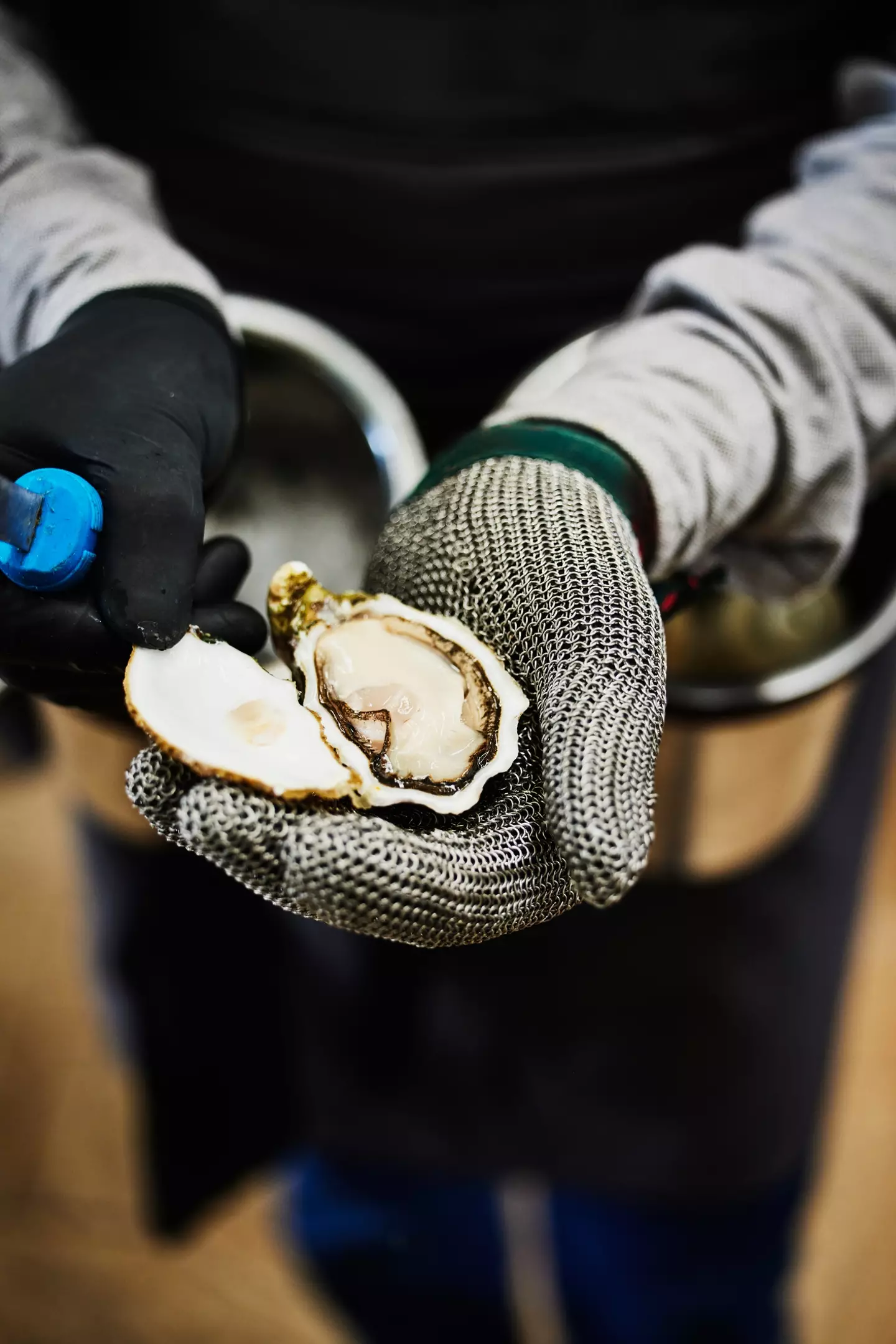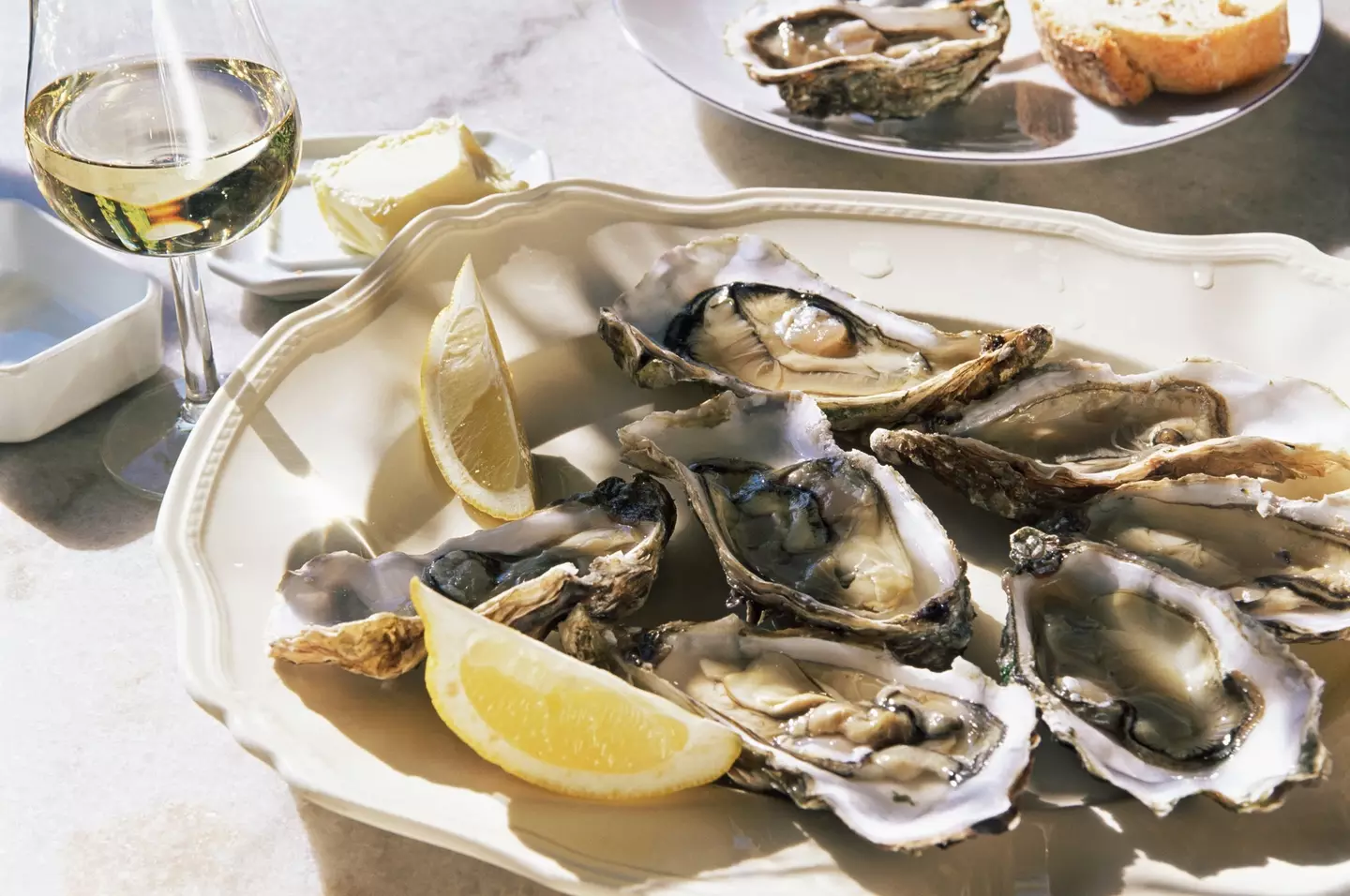
Oysters are a rare treat indeed for most of us, and an unlucky few of us with shellfish allergies might never know the pleasure of those strange, sloppy, slimy, sludgy little shell-borne blobs.
Generally served on the half-shell and potentially freshly-shucked by someone wearing a medieval gauntlet, they’re a beloved cuisine the world over and often top the list of fishy fine dining options.
Even if you have the means and the constitution to eat one, you might be put off by their frankly snot-like appearance and the risks posed by eating them raw.

Advert
In the wild, oysters are basically living water filters, with a single one supping down as much as 50 gallon a day. With so much water passing through them and leaving filtered, they can take on the flavours – and grime – in the local environment.
With that in mind, oysters’ flavour varies dramatically depending on where they’re from. Pacific oysters generally have a different flavour profile to Atlantic ones, for example.
But yes, along with taking on different flavours, they may also pick up some pollutants or bacteria that you’d rather not eat. If they aren’t cooked, as oysters generally aren’t, there’s nothing to kill off any nasties they’ve picked up whilst blasting their way through 50 gallons of water each day.
As it turns out, this is a risk worth bearing in mind. Speaking to Delish, dietician Eliza Whitaker from Nourished Nutrition and Fitness said plainly: "Raw oysters are filter-feeding shellfish, drawing in water to get their nutrients, but this also exposes them to bacteria and viruses in the water, which can be concentrated within the oyster," Whitaker says.
Advert
Oyster-borne nasties could include salmonella, listeria, norovirus, hepatitis A, and parasitic organisms. If you come into contact with any of these, you’re probably going to notice.
"Symptoms could include vomiting, diarrhea, nausea, and in severe cases, serious illness, especially in those with a weakened immune system," said Whitaker.
However, there’s one particularly dangerous bacteria that’s becoming more common in oysters: vibrio vulnificus. It’s a cousin of cholera, and it’s been tied to quite a few oyster-related deaths in the US in recent years.
Vibrio vulnificus infections are relatively rare, with just 150-200 annual cases in the US, but it poses a huge risk to people who get infected. Of those, around 20% of people will die from it. It can kill an infected person in just a few days.
Advert
You can also contract it by swimming with open wounds. Even a little scratch can be a potential infection site, so take out while you take summer dips. Infections of this kind can cause necrosis, or tissue death. In other words, infected flesh dies and starts rotting, and it’s why vibrio vulnificus is considered a flesh-eating bacteria.

The bacteria is typically found in waters of the US’s Gulf Coast, although it seems to be becoming more common in waters up the northern shoreline.
"Rising water temperatures can increase the risk of bacterial growth, especially for Vibrio, which prefers warmer water," explained Whitaker. "Climate change may also impact water quality and pollution levels, which may increase the risk of contracting a foodborne illness when eating raw oysters."
